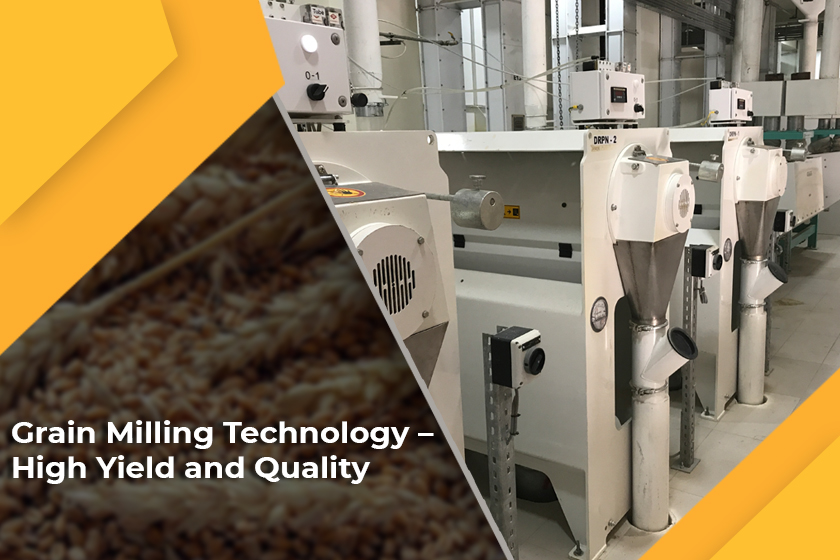The process of grounding of cereal grain into flour is known as milling. Waterwheels were the first things used for such tasks. Grains cannot be consumed in their raw form and hence it is necessary for it to undergo milling process. Grains are the main source of protein and nutrition and 70% of people in the world are dependent on it, the traditional method of grain milling is now replaced by Modern Grain Milling Technology. It is very fast as well as effective than the previous one. Nextech provides you the best Grain Milling Solutions with the latest milling technology used by the industries.
The milling provides a consistent product, a range of flours suitable for a variety of functions and flour suitable for a variety of functions and flour with predictable performance. This new technology has become a boon for the millers. The first operation of the mill is to analysing the grain. The grain then undergoes three stages.
- Cleaning and conditionally- Clearing and conditioning the grain helps in removing all the impurities of the grain and it makes the grain ready for milling.
- Crushing or breaking – In this process, the grain breakdown in the successive stage and how it is ready to release its component parts.
- Reduction – This process helps in the progressive rolling and shifting of the grain. After this the refining of flour and separation of it into various categories takes place. These various categories are known as streams.
Cleaning
The grain in its raw form contains weeds, chaff, and other materials. The high technology machines are capable of removing all the impurities and making it pure to eat. There is a disc separator in the machine which removes the husk from the grain. After that, the grain is taken to a strong blast of air for cleaning and after that, the magnetic separator removes any iron or steel from the grain.
Extraction Rates
The figure that represents the percentage of flour production from a given quantity of grain is known as the extraction rate. For example, if 45 kg of flour is produced from 100 kg of grain, the extraction rate is 45% (45÷100×100). The extraction rate depends upon the flour production and it may vary according to it. The grain flour containing all the germ can have an extraction rate closer to 100%. But the pure white grain flour usually has extraction rates around 70%. The germ and bran of the grain have a very high rate of nutrients and hence the flour which has a higher extraction rate have a higher nutritional value.
 MAIL US :
MAIL US :
 CALL US :
>
CALL US :
>
